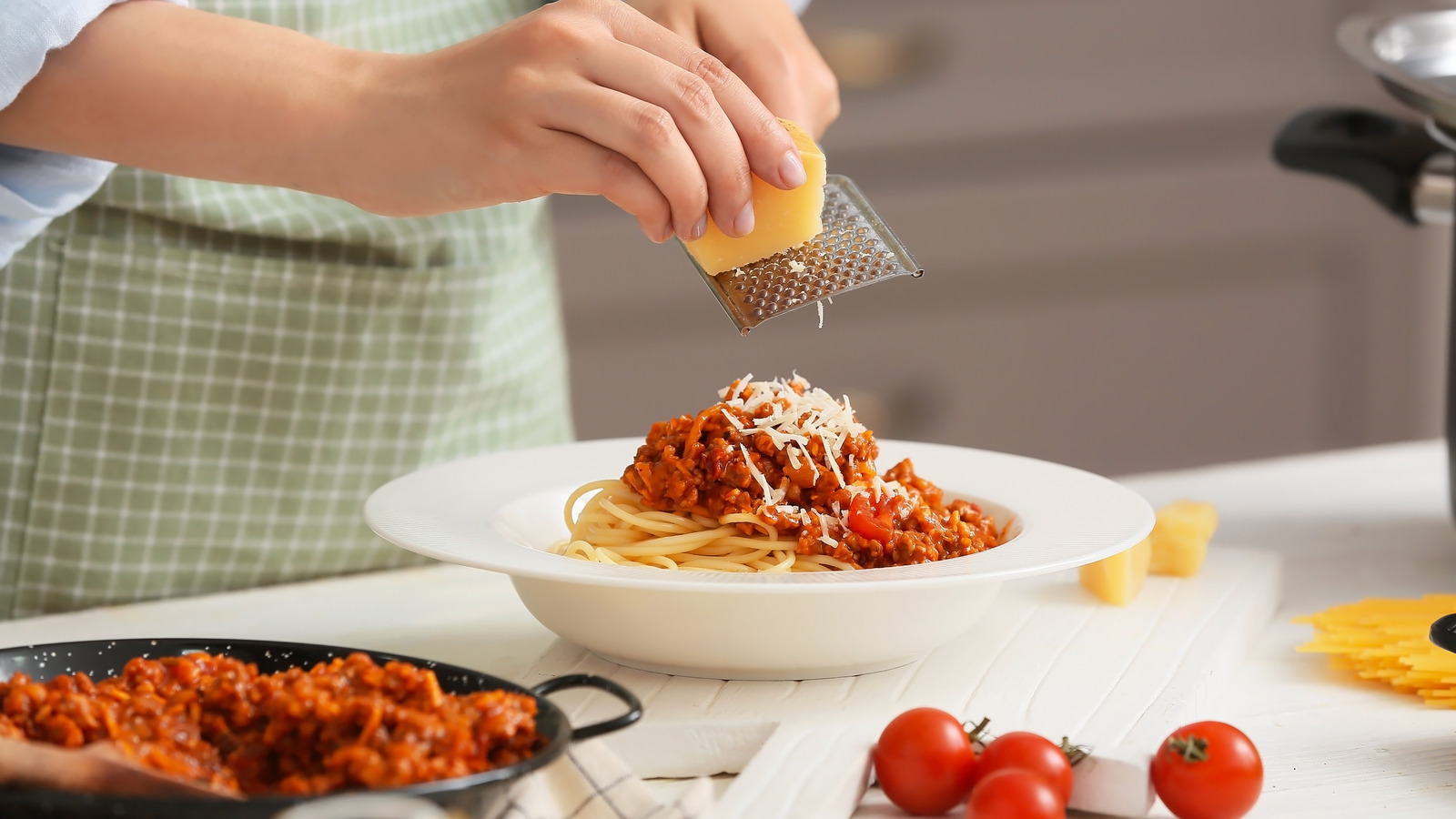The term "salt trick" might sound mysterious, but it’s a fascinating concept with a variety of applications across different fields. Whether you’re a culinary enthusiast, a science lover, or someone who enjoys practical life hacks, the salt trick has something to offer. This intriguing technique, often rooted in natural properties of salt, has been utilized for centuries to solve everyday problems, enhance flavors, and even perform scientific demonstrations.
What makes the salt trick so compelling is its simplicity and effectiveness. Salt, being one of the oldest and most versatile substances known to humankind, plays a pivotal role in numerous aspects of life. From preserving food to enhancing taste, its properties have made it a staple in kitchens worldwide. However, the salt trick goes beyond culinary uses, delving into areas like cleaning, skincare, and even entertainment, offering practical solutions and surprising outcomes.
In this article, we will explore the fascinating world of the salt trick in depth. We'll uncover its origins, various applications, and the science behind its effectiveness. Whether you’ve heard of it before or are entirely new to the concept, this comprehensive guide will provide valuable insights into what is the salt trick and how you can use it to your advantage. So, let’s dive right in!
Table of Contents
- What is the Salt Trick?
- How Did the Salt Trick Originate?
- Why is the Salt Trick So Popular?
- The Science Behind the Salt Trick
- What Are the Different Uses of the Salt Trick?
- How to Use the Salt Trick in Cooking?
- Can the Salt Trick Help in Cleaning?
- Skincare Benefits of Using the Salt Trick
- How to Use the Salt Trick for Preservation?
- Can the Salt Trick Be Used in Science Experiments?
- Common Myths About the Salt Trick
- What Are the Advantages of the Salt Trick?
- What Are the Limitations of the Salt Trick?
- How to Master the Salt Trick?
- Frequently Asked Questions About the Salt Trick
What is the Salt Trick?
The salt trick refers to the clever and innovative use of salt to achieve specific results, often in unexpected ways. This could be anything from improving the flavor of a dish, cleaning stubborn stains, or even creating stunning visual effects for science experiments. The versatility of salt makes it a go-to solution for many challenges, which is why it has earned the title of “the salt trick.”
How Did the Salt Trick Originate?
The history of the salt trick can be traced back to ancient civilizations, where salt was highly valued not only as a seasoning but also as a preservative. Over time, people discovered its diverse properties and began experimenting with its uses. From the Ancient Egyptians using salt for mummification to modern chefs enhancing their dishes, the salt trick has evolved significantly.
Why is the Salt Trick So Popular?
The salt trick is popular because it offers simple, cost-effective, and practical solutions to everyday problems. Additionally, its accessibility and non-toxic nature make it a preferred choice for people looking for alternatives to chemical-based products. Whether you’re a DIY enthusiast or someone who appreciates natural remedies, the salt trick has universal appeal.
The Science Behind the Salt Trick
Understanding the science behind the salt trick is key to appreciating its effectiveness. Salt, or sodium chloride, is a compound that has unique chemical and physical properties. Its ability to dissolve in water, absorb moisture, and create freezing point depression are just a few examples of why it works so well in various applications. Let’s break down the science:
- Moisture Absorption: Salt can absorb moisture from the air, which makes it useful for dehumidifying and preserving.
- Freezing Point Depression: Adding salt to ice lowers its freezing point, which is why it’s used for de-icing roads.
- Flavor Enhancement: Salt activates certain taste receptors on the tongue, intensifying flavors.
What Are the Different Uses of the Salt Trick?
The salt trick has a myriad of uses, ranging from culinary to household and even health applications. Here are some of the most common uses:
- Culinary: Enhancing flavors, tenderizing meat, and boiling water faster.
- Cleaning: Removing stains, unclogging drains, and polishing metals.
- Skincare: Exfoliating dead skin, reducing inflammation, and treating acne.
- Preservation: Extending the shelf life of food through dehydration.
- Science: Creating chemical reactions for educational experiments.
How to Use the Salt Trick in Cooking?
Cooking is perhaps the most common area where the salt trick is employed. Here are some tips:
- Add a pinch of salt to boiling water to speed up the cooking process for pasta and vegetables.
- Sprinkle salt on meat to tenderize it and enhance its flavor.
- Use salt to balance the taste of overly sweet or sour dishes.
Can the Salt Trick Help in Cleaning?
Absolutely! The salt trick is a game-changer for household cleaning tasks. For instance:
- Mix salt with vinegar to clean coffee stains from mugs.
- Use salt and lemon to remove rust from metal surfaces.
- Pour salt into a clogged drain, followed by hot water, to clear blockages.
Skincare Benefits of Using the Salt Trick
Salt is not just a kitchen staple; it’s also a natural skincare remedy. Here’s how:
- Create a salt scrub for exfoliating dead skin cells.
- Use a saltwater rinse to reduce acne and inflammation.
- Add salt to your bath for a relaxing and detoxifying soak.
How to Use the Salt Trick for Preservation?
Preservation is one of the oldest uses of the salt trick. By drawing moisture out of food, salt prevents the growth of bacteria and fungi. Common examples include:
- Salting fish and meat to extend their shelf life.
- Adding salt to pickling solutions for preserving vegetables.
Can the Salt Trick Be Used in Science Experiments?
Yes, the salt trick is a popular choice for educational science experiments. Here are a few examples:
- Create a simple lava lamp using salt, oil, and water.
- Demonstrate freezing point depression by adding salt to ice water.
- Use salt to grow crystal formations as a fun and educational activity.
Common Myths About the Salt Trick
Despite its popularity, the salt trick is often surrounded by myths. Let’s debunk a few:
- Myth: Adding salt to water makes it boil faster. Fact: It raises the boiling point, but the difference is negligible.
- Myth: Salt can eliminate all bacteria. Fact: While it inhibits bacterial growth, it doesn’t kill all bacteria.
What Are the Advantages of the Salt Trick?
The advantages of the salt trick include:
- Cost-effectiveness
- Natural and non-toxic
- Easy to use
- Widely available
What Are the Limitations of the Salt Trick?
While the salt trick is incredibly versatile, it has some limitations:
- Overuse can damage surfaces like wood and metal.
- Excessive salt in food can lead to health issues.
How to Master the Salt Trick?
Mastering the salt trick involves understanding its properties and experimenting with its applications. Start with simple tasks like cleaning or cooking and gradually explore more complex uses like science experiments or skincare treatments.
Frequently Asked Questions About the Salt Trick
Q: Is the salt trick safe for children?
A: Yes, but adult supervision is recommended, especially for experiments.
Q: Can I use any type of salt for the salt trick?
A: Most tricks work with common table salt, but specific types like sea salt or rock salt may be required for certain applications.
Q: How can I learn more about the salt trick?
A: Experiment with different uses and consult reliable sources for tips and ideas.


Detail Author:
- Name : Dena Herman DDS
- Email : auer.tara@gmail.com
- Birthdate : 1996-02-23
- Address : 1247 Demarco Walk Suite 488 Fabiolamouth, MT 68429-5157
- Phone : 1-504-995-5582
- Company : Jacobson-Yost
- Job : Streetcar Operator
- Bio : Voluptas magni quidem similique voluptatem. Ex aperiam qui nesciunt autem doloremque sit aliquid. Voluptas voluptatibus itaque ut reprehenderit.